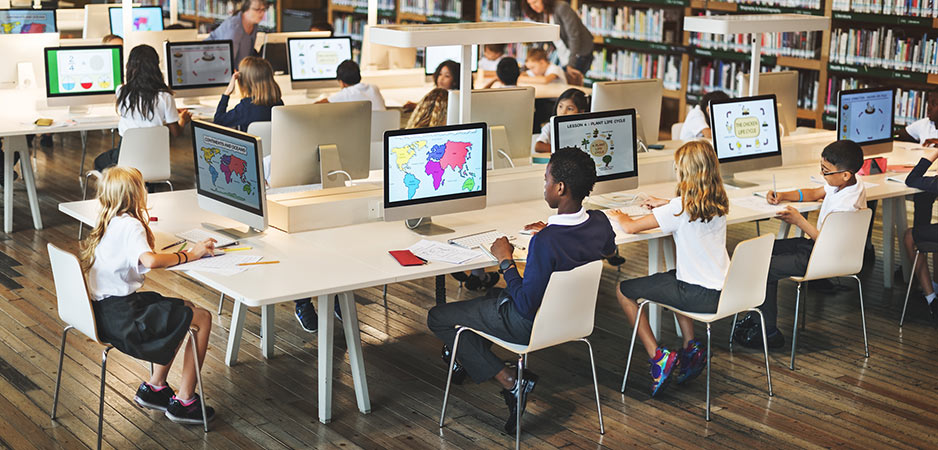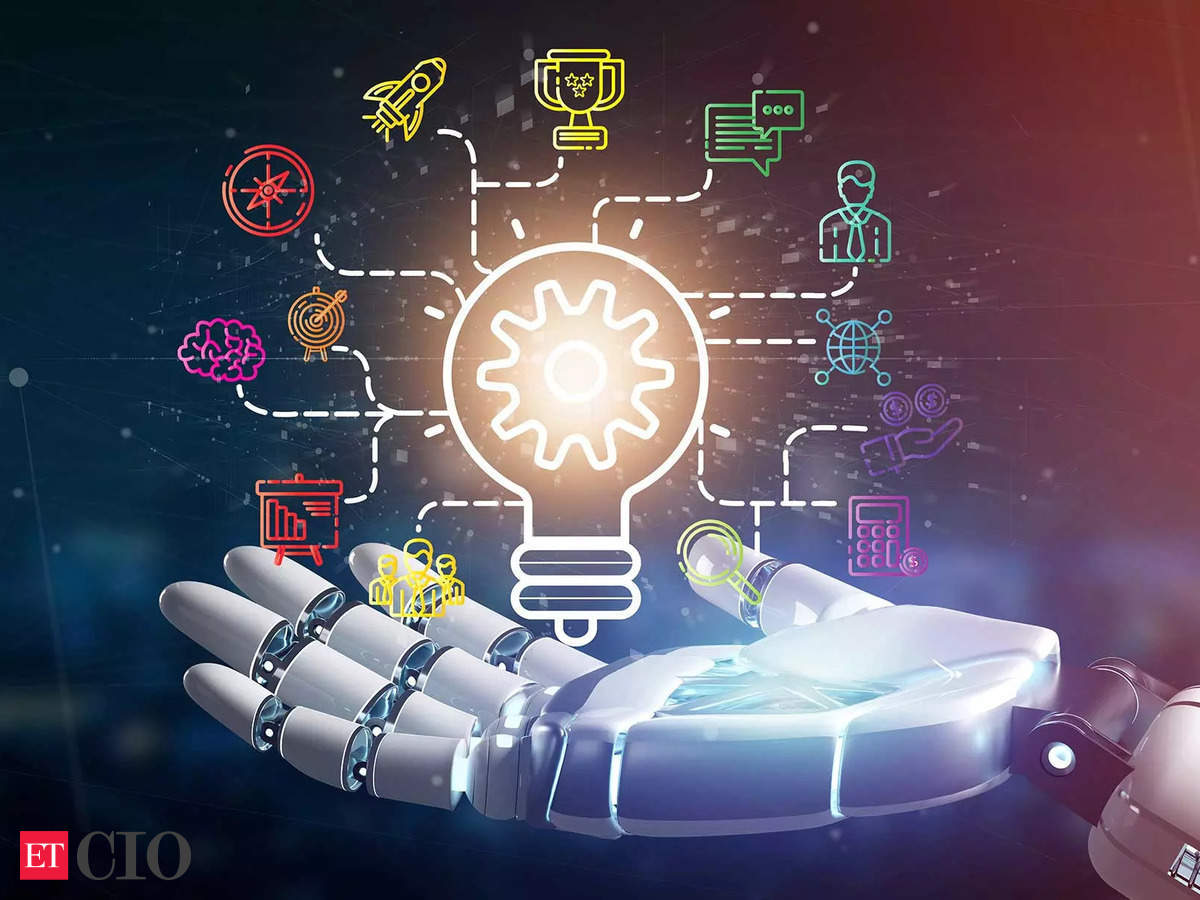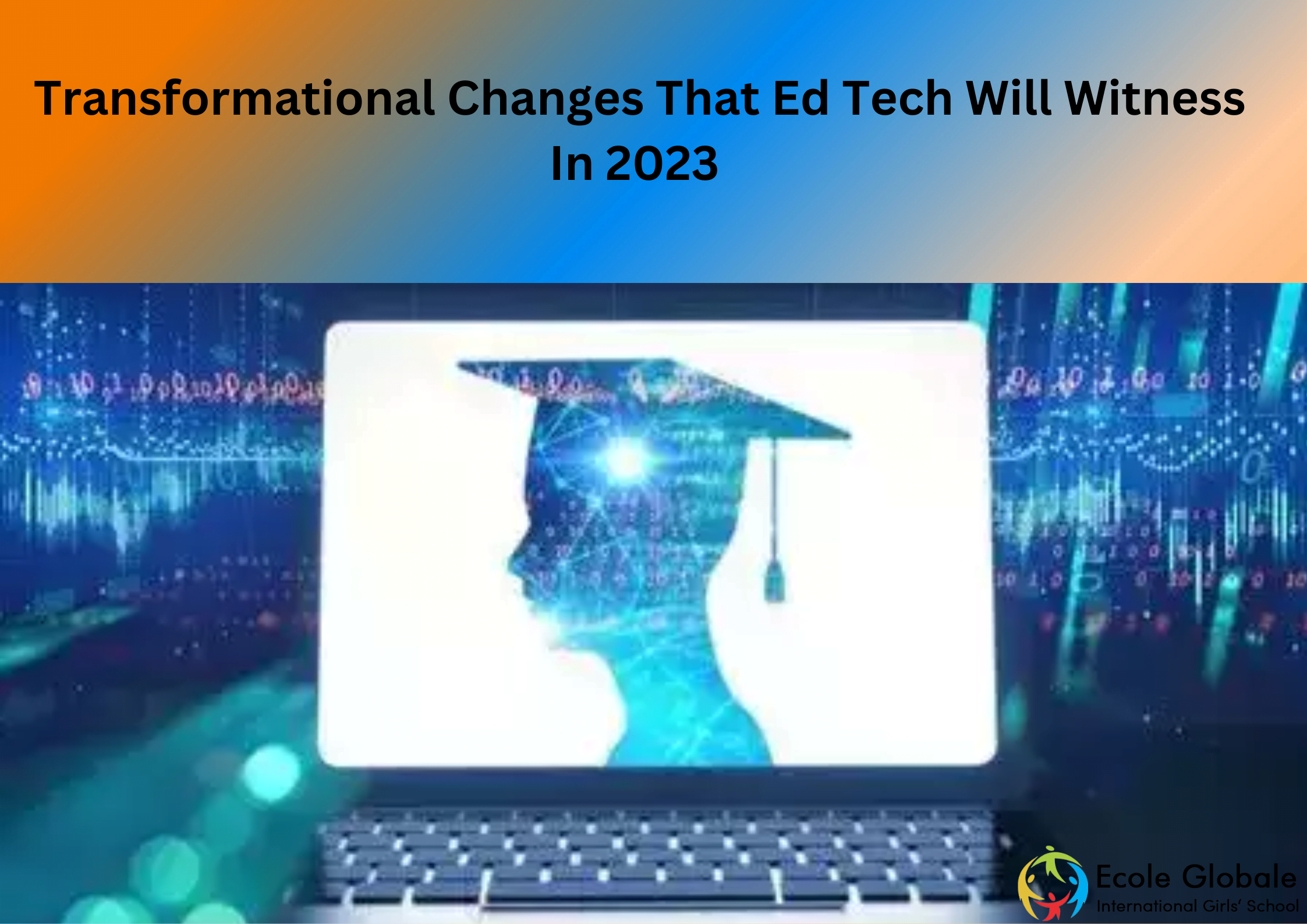Educational technology is how we deliver content and training to students, both inside and outside the classroom. 2023 will see a great change in Ed Tech.
As per research conducted by Top Schools in Dehradun, Some of the top tech companies will make some serious changes in the education sector that includes adaptive learning, artificial intelligence-based learning platforms, personalised learning solutions and others as well. Let’s check out these upcoming trends in the Ed-Tech arena.
Also Read : NEW OPPORTUNITIES FOR POLICYMAKERS TO INVEST IN CRYPTOCURRENCY IN INDIA
Need For Tech Ed in Education

The need for more tech education in our schools is growing at an alarming rate. Studies show that students who take tech classes are more likely to get high-paying jobs, and there is a shortage of qualified teachers to teach these classes. This shortage will only continue to grow as technology advances and becomes more integrated into our lives.
This lack of resources will also impact students who do not have access to the internet or computers at home. If we want all students to be successful, then everyone needs access to technology, especially in school where most learning takes place.
There are many reasons why tech ed is necessary for schools. One reason is that students need to learn how to use technology to help them succeed in the future. Another reason is that it allows students to better access information and use it in their learning.
Benefits of Tech Ed

The benefits of including tech ed in education are massive. For example, it can help students learn how to use technology in a way that’s safe and responsible. It can also help them understand the importance of using technology ethically and responsibly.
The more we teach kids about tech, the better equipped they’ll be as they get older. They’ll know how to create websites, build apps and games, and use different technologies in their everyday lives. They’ll also be able to communicate better with people older than them or from different cultures because they’ve learned how to communicate effectively online.
And finally, by learning about tech early on in life we’re helping young people prepare for what lies ahead—and that means that someday soon we might not have a problem with people having trouble finding jobs because they can’t work with computers!
Five Transformational Changes that Ed Tech Will Witness in 2023

Schools have been investing in technology for the last few years, which is exciting for educational innovators. In the next three years, we will witness technology being used not just for assessment and instruction but for making schools more interactive and experiences more engaging. Let us discuss what some of these changes might look like.
1. Ed Tech Will See A Spurt In Adoption
The need for tech ed in education has never been greater than it is now. With the rise of technology and the increased use of mobile devices, there has been a growing concern about how to ensure that students are ready for life after high school. The world is changing rapidly and new technologies are popping up every day, so we must ensure our kids are ready to adapt to these changes.
To help you understand what exactly tech ed is, it’s helpful to know that there are two different types: “technology integration” and “technology education.” Technology integration refers to using computers or other technology within a curriculum while technology education focuses on teaching students how to use specific types of software or hardware.
The world of educational technology is constantly evolving. It’s a dynamic field with new technologies being developed and used every year.
That’s why it’s so important to stay up-to-date with the latest trends and developments in educational technology. You need to understand what your students are using, what they’re interested in, and how they will be using the information that you provide them.
2. AR and VR will be normalised
Students today are more accustomed to using technology in their daily lives than ever before. They’ve grown up with it and are used to interacting with computers daily. With this increased exposure comes an increased comfort level as well as increased expectations from teachers and parents alike about how technology should be used in the classroom setting.
With greater comfort comes greater expectations—and those expectations are being met by educators who are working hard to find ways.
They can integrate these tools into their lesson plans so that they can meet those needs while still maintaining their rigorous standards for teaching quality content at an appropriate level of difficulty (which is not always easy).
According to an article by India Today, A social network, opportunities, and comfort have been made available to teachers, students, and parents thanks to the development of digital tools in the year 2020.
To educate our kids for industry 4.0, it is anticipated that a thoughtful combination of traditional instruction and online resources will rule the educational landscape in the ensuing years. We can only move forward now that digital learning has irrevocably changed the way we think.
3. Gamification
In a world where people are often criticized for being too absorbed by technology, gamification is a way to encourage learning through gaming. Gamification means using game elements as part of non-game contexts to improve user engagement, and it’s widely used in education to make learning more fun, interactive, and engaging.
through badges and rewards for students who complete certain tasks or meet certain goals. Another way to use gamification is through games that teach concepts like fractions or spelling words.
The goal of gamification is not just to make learning more fun; it’s also to help students learn better by making the lessons more memorable through repetition and reinforcement.
Gamification is all about making learning more engaging by giving students incentives, rewards, and challenges. It’s not just about giving points for showing up on time or completing assignments; it’s about making your classes interactive and fun so that students want to come back for more.
This can include everything from letting your students play video games during class to giving them points for answering questions correctly. You can even set up competitions between classes or teams for extra credit!
4. Artificial Intelligence Will Play A Primary Role In Uplifting The Education System
The future of technology has been an ongoing debate among people. Some believe that AI will be used for the benefit of mankind while others are sceptical about it.
Artificial intelligence is being used in many fields such as healthcare, transportation, and finance. It is also used in education to improve learning outcomes by providing personalized instructions to students.
Artificial intelligence is currently being used in schools to improve student engagement and outcomes. The technology helps teachers plan lessons effectively and provides students with one-on-one attention so they can learn at their own pace.
With this technology, teachers can create individualized lesson plans for each student based on their needs and interests. This helps them retain information better because they are given customized lessons instead of following a generic curriculum that may not be relevant to them personally or professionally later on down the line when they enter adulthood after graduation from high school or college (depending on what level they’re attending).
5. Education won’t be confined to books anymore
Shortly, students will have a much broader range of options when it comes to learning. They will be able to learn in the classroom and on their own, thanks to technology that makes it easier for teachers to monitor student progress. As a result, education will become more personalized and engaging for learners of all ages.
This new system has been developed by experts who believe that it will not only save money but also improve the quality of education because it allows teachers to focus on individual students rather than teaching an entire class simultaneously.
The system is also designed to be flexible and adaptable to different types of learning styles so that everyone has access to good quality education regardless of their background or knowledge level.
Conclusion
With these five changes, ed-tech is bound to reach new heights by 2023.
We look forward to the changes that will take place in education over the next five years, and we urge you to do the same. It’s exciting to think about how technology is expanding the possibilities for our children, and how lessons can be learned outside of the traditional classroom.
We believe that these innovations give students a better chance of success as they progress into their new lives, and with any luck, some of them may even benefit our future selves.
For any queries related to parenting, schooling, or any student-related tips, click here to check out our latest blogs






